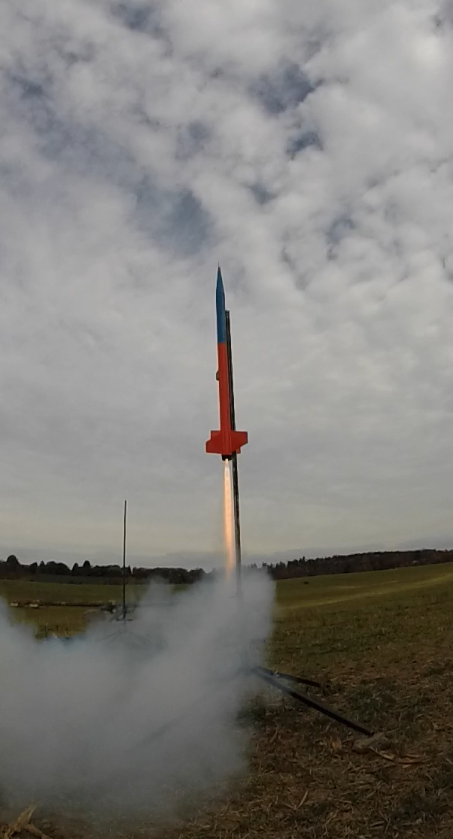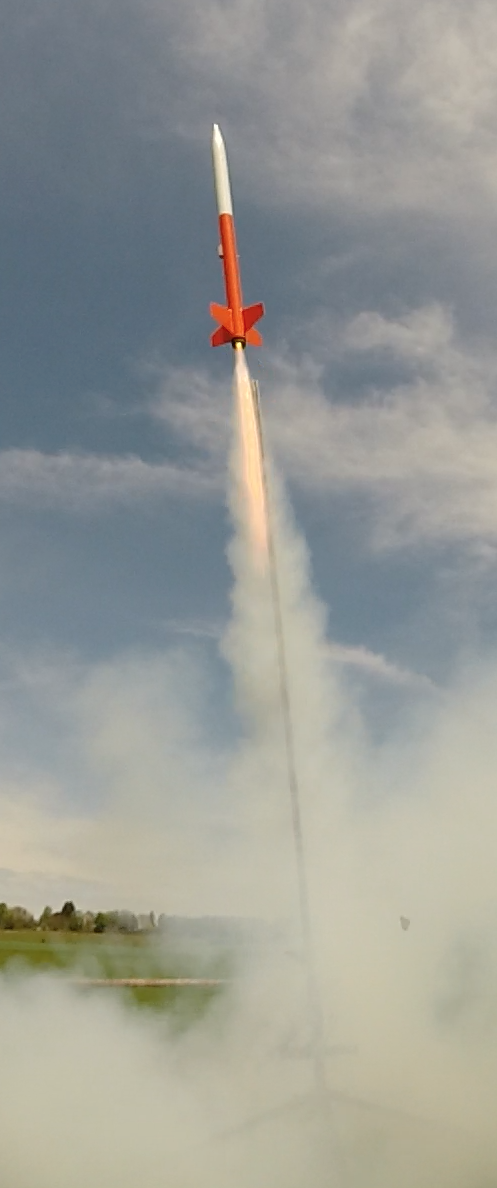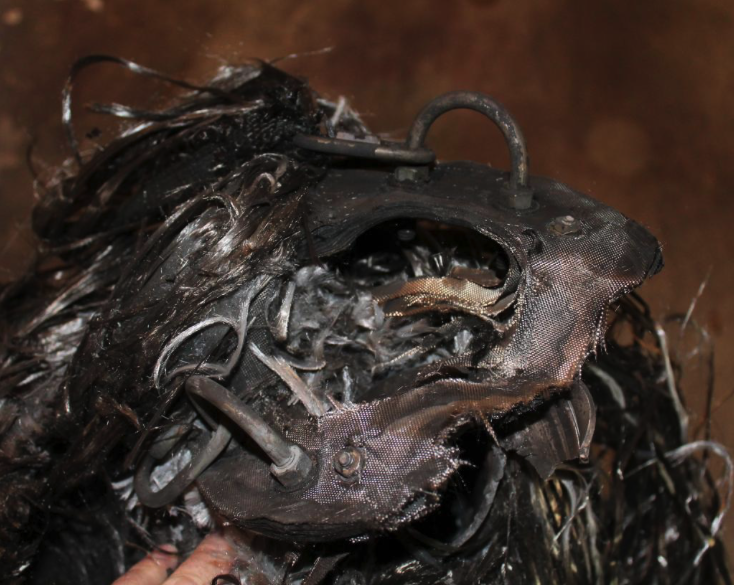John,
Sorry for the loss of the booster on the F200.
A note that may have some of the posters reconsidering some of their statements....
Looking at the photos, from the .25" exposed casing at the rear of the rocket, I believe that case to be an AG-71 case, no? If so, let me share a recent finding of mine. I have A LOT of AG-71 hardware; love 'em....great value! Therefore this is no dig and not intended to birth fear mongering! While assembling one of nine 75mm Rx motors for Midwest Power recently, I was unable to get a forward snap ring to fully seat in the groove in one of my 3500 cases. Upon closer inspection, it became evident that the groove wasn't cut properly. It was not wide enough, deep enough, and the chamfering was a bit wonky. Had I not had trouble getting that ring into the groove, I wouldn't have looked at it closer, and the snap ring groove would have likely yielded enough to allow the ring to pass and puke the guts. Typical groove depth is about 1/2 wall thickness, this one was about 1/4 wall thickness...very shallow; not much of a lip to retain the ring with.
Point is that it may have been hardware related as John initially hypothesized. My gut reaction was also "probably something else", but if that case is what I think it is, with recent findings fresh in my mind...maybe just maybe this was indeed a hardware issue. Hard for any of us to tell without seeing the situation first hand....











